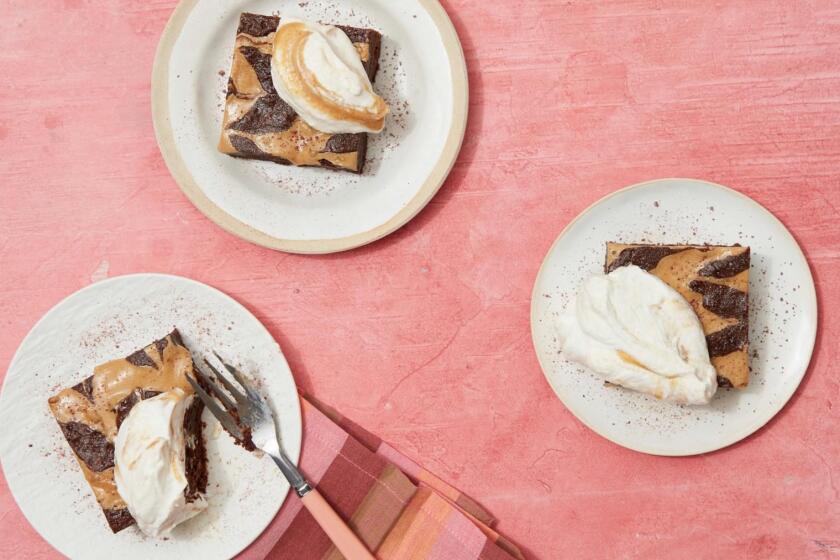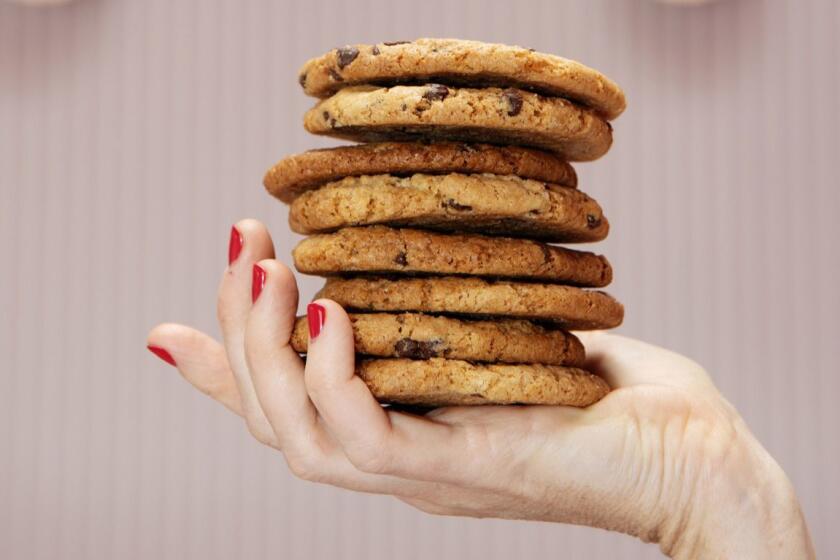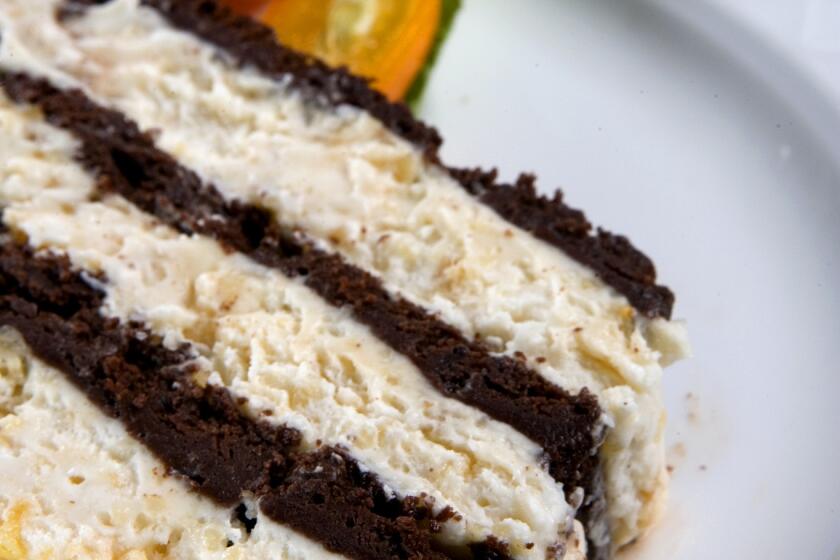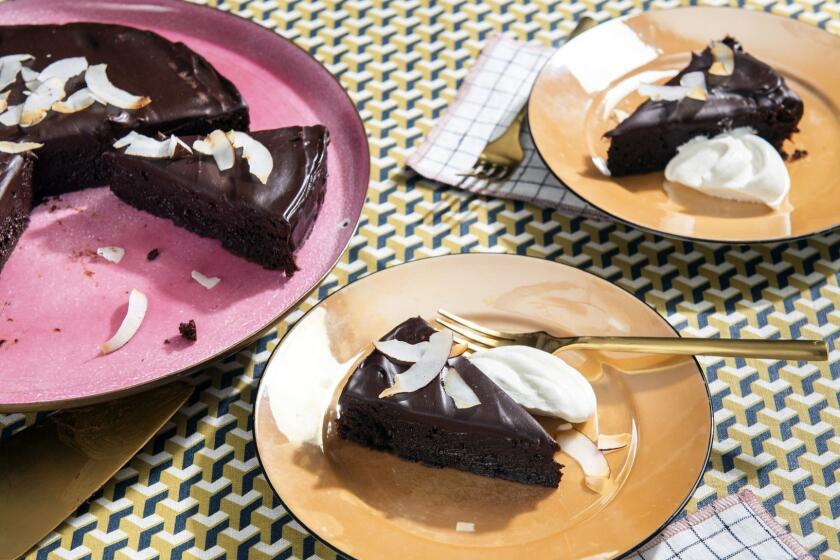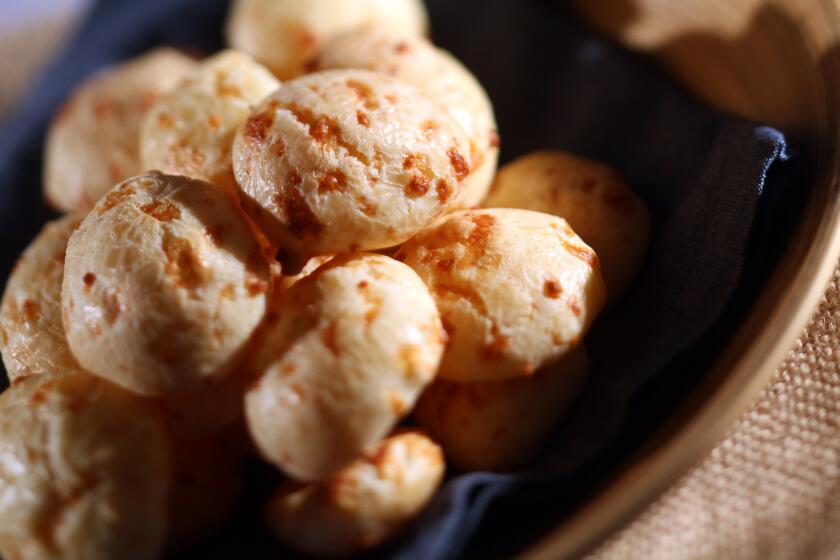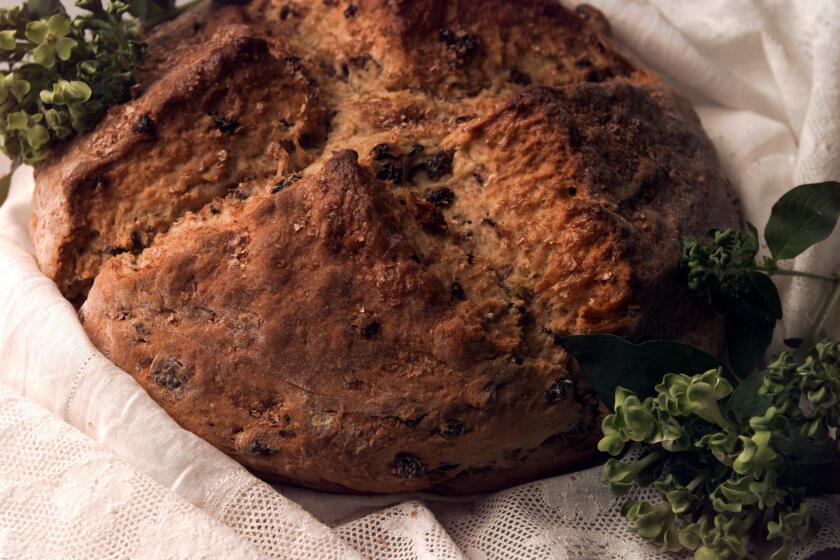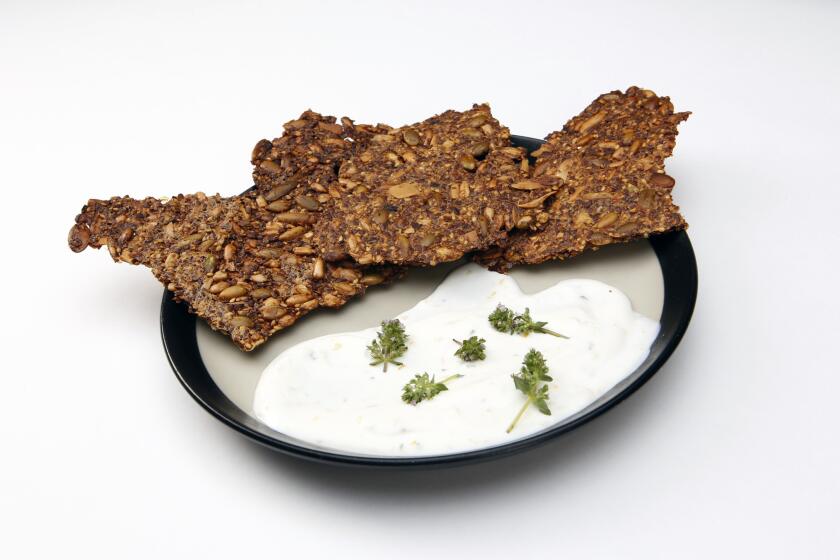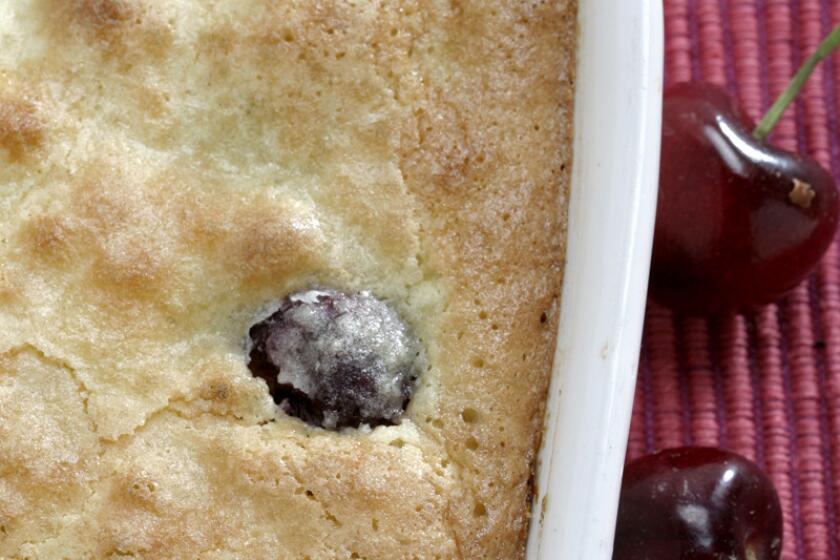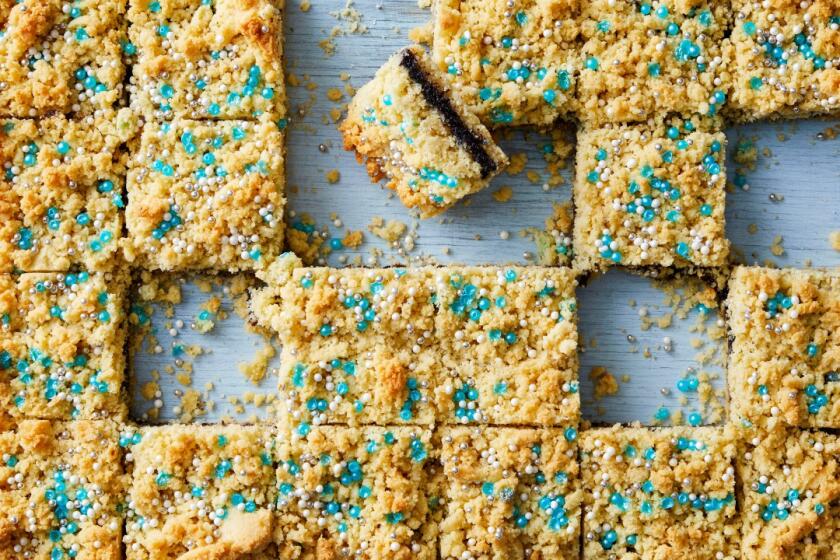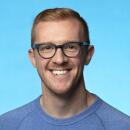No AP flour or yeast? Here are recipes to keep you baking without them
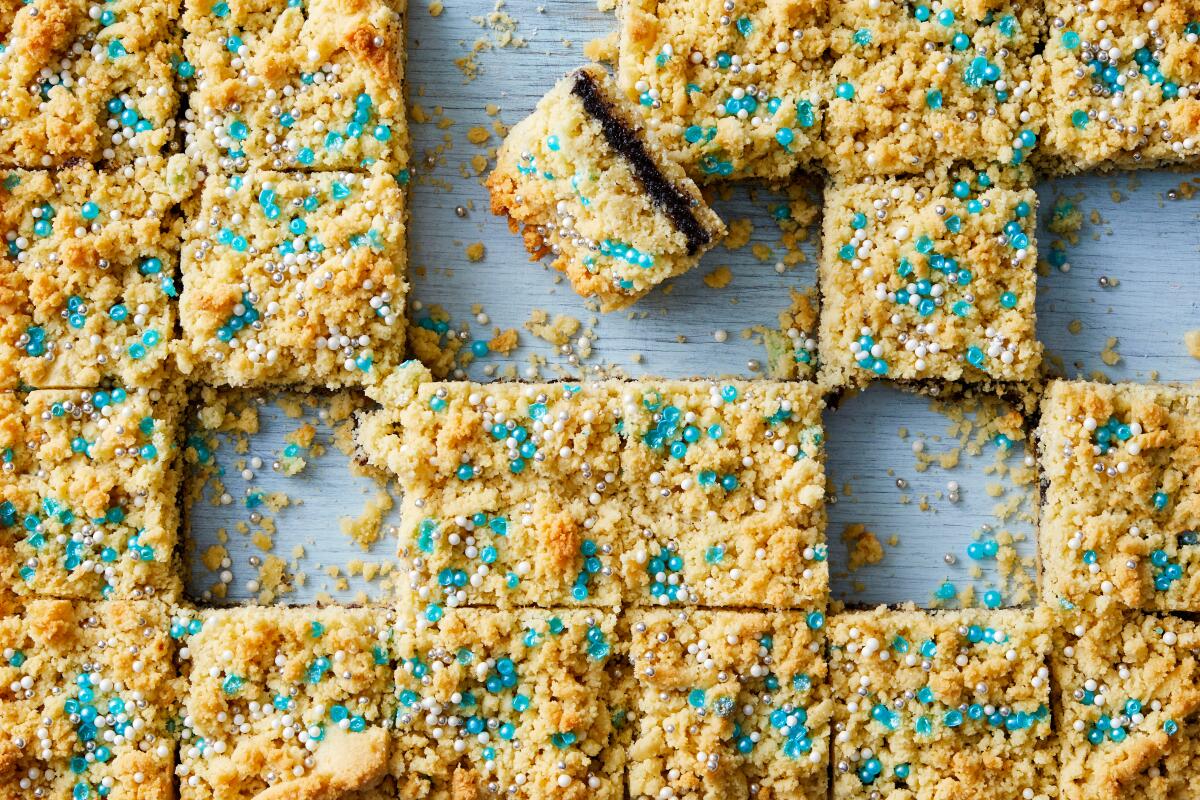
- Share via
As everyone settles into their home quarantine routines, many have turned to the arduous task of bread baking as a project to help pass the time. But that means now many grocery stores and online retailers have seen their inventories of all-purpose flour and yeast depleted, leaving a new population of would-be bakers with no ingredients for their loaves, cakes and cookies.
To help ease the pain of finding next to nothing in the baking aisle but a faint trail of white flour leading to the checkout counter, here are some baking projects you can take on that require neither all-purpose flour nor yeast.
But first, some helpful tips:
- Make your own all-purpose flour, which is typically 10% to 11% protein, by mixing together a slightly higher-than-half ratio of bread flour (12% to 14% protein) and cake flour (7% to 8% protein) before you measure out what your recipe calls for in all-purpose flour. For every 1 cup of all-purpose, combine 1/2 cup plus 2 tablespoons bread flour with 1/4 cup plus 2 tablespoons cake flour. But also keep in mind that if you’re already making bread, pasta, crackers or anything else that requires a high-protein flour, just use all bread flour. And same goes for using cake flour in cakes, quick breads, muffins or pancakes, which all benefit from the lower protein percentage of cake flour.
- Make crackers! Because they’re thin and are meant to be crunchy, there’s no need for yeast. This is the best use for alternative flours like rye, buckwheat or whole wheat, which, because of the inherent thinness and brittleness of crackers, don’t need gluten development to stay together. Just roll the dough out as thin as you can get it, bake, then break up to whatever size you like.
- Replace the all-purpose flour in your recipes with spelt flour, which is the most common “alternative flour” that is interchangeable, cup for cup, with all-purpose flour in all recipes, even bread since it has a slightly higher protein percentage that falls between all-purpose and bread flours.
- Buy gluten-free flour mixes from brands like Bob’s Red Mill or Cup4Cup, which are created to be substituted in the same measurements for regular all-purpose flour. With Bob’s Red Mill’s gluten-free flour mix, you’ll still have to add a small amount of xanthan gum, which the brand also sells, to add to your recipes to help with binding. With Cup4Cup, you use their “multipurpose flour” blend, but if you have a recipe in mind, opt for their mixes that are specific to baked goods like cornbread, muffins, brownies and multigrain bread. Sure, the texture won’t be quite the same, but you’ll still achieve a decent replication of the original that uses all-purpose flour.
Gluten-free skillet brownies
Gluten-Free Buckwheat Brownies With Tahini Whipped Cream
Vegan Gluten-Free Chocolate Chip Cookies
Wheat-free muffins
Chocolate cake with hazelnut semifreddo
Momed’s Flourless Chocolate Cake
Brazilian cheese bread
Classic buttermilk Irish soda bread
Use spelt flour or gluten-free flour mix in place of the all-purpose flour.
Leona's seeded crackers and cheese
Four-seed snapper crackers
Cherry-almond cobbler
Almond and Orange Shortbread Bars with Poppy Seed Jam
More to Read
Eat your way across L.A.
Get our weekly Tasting Notes newsletter for reviews, news and more.
You may occasionally receive promotional content from the Los Angeles Times.

